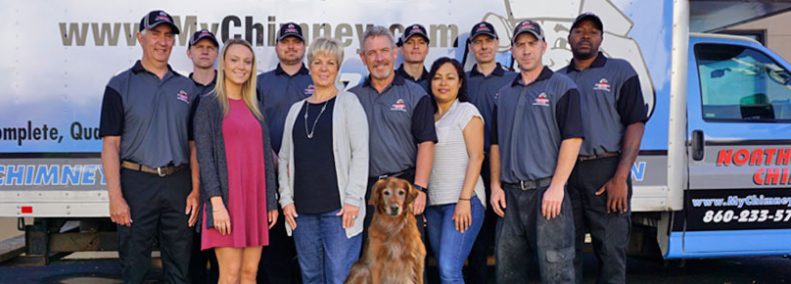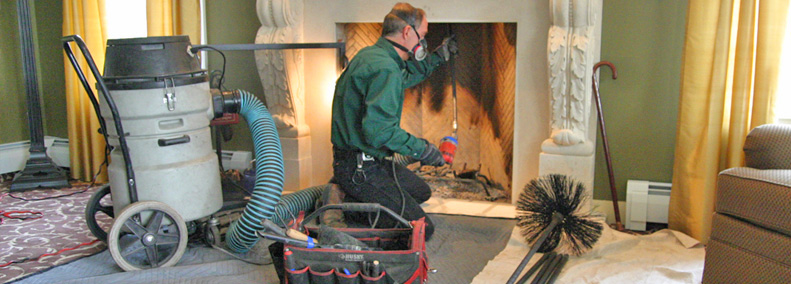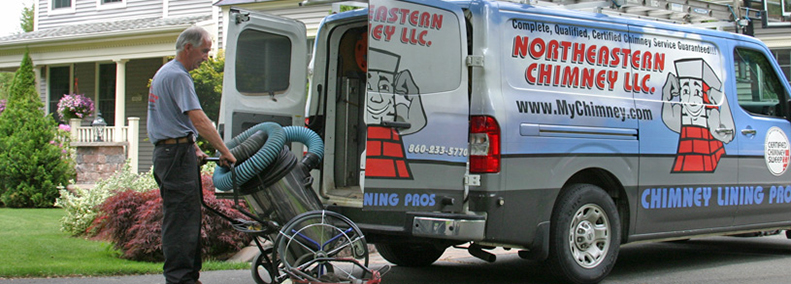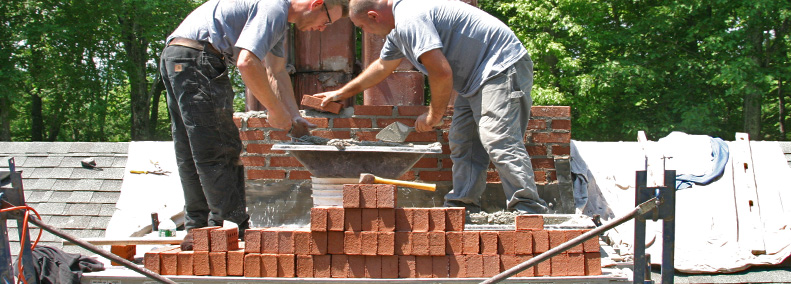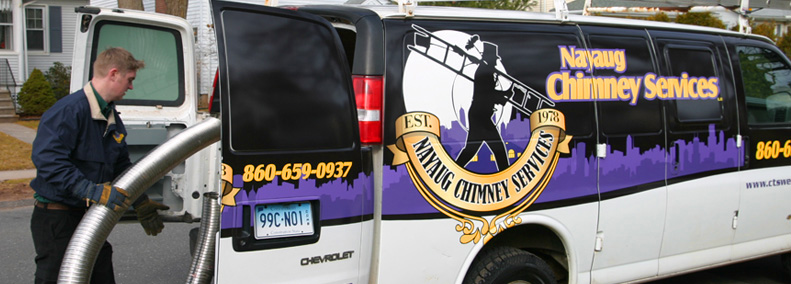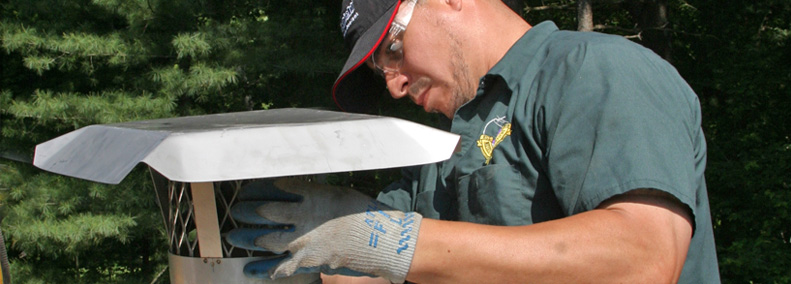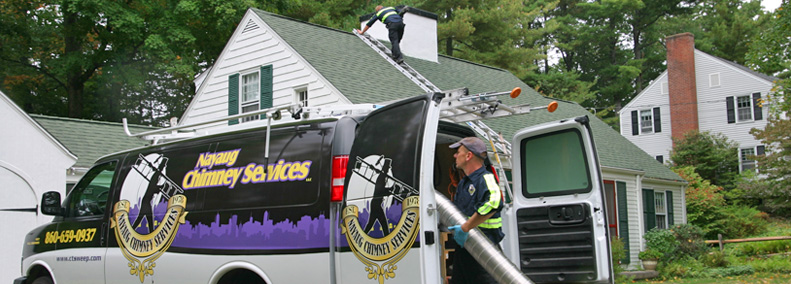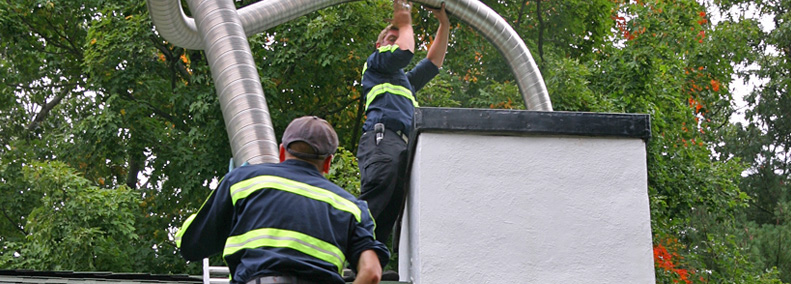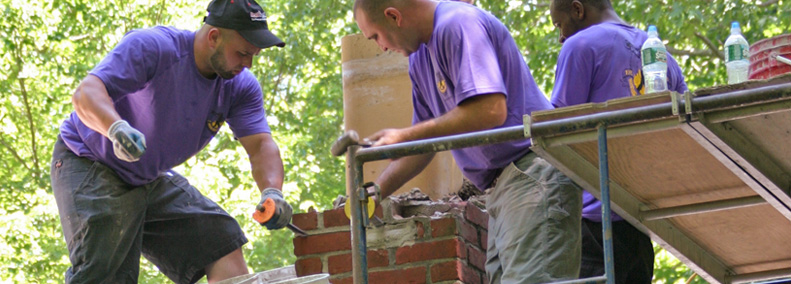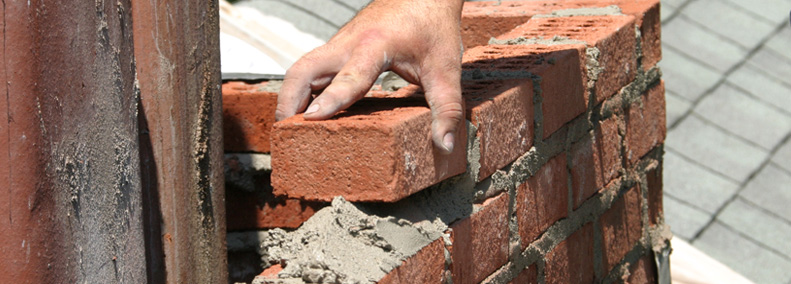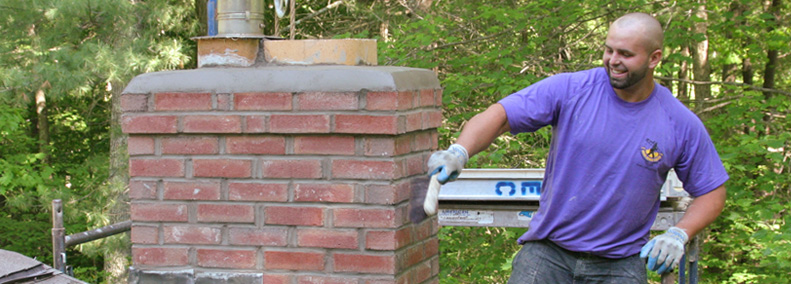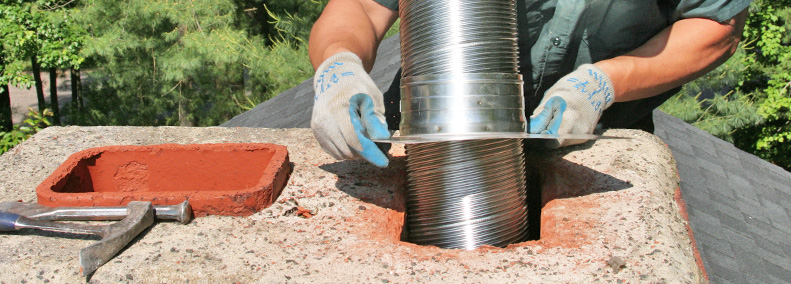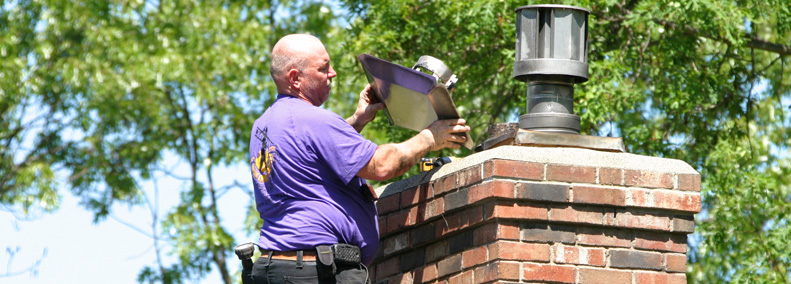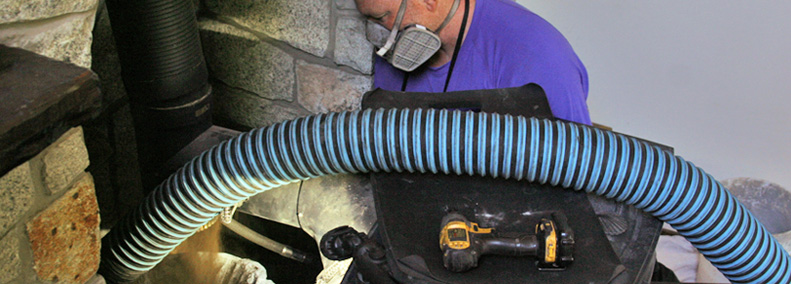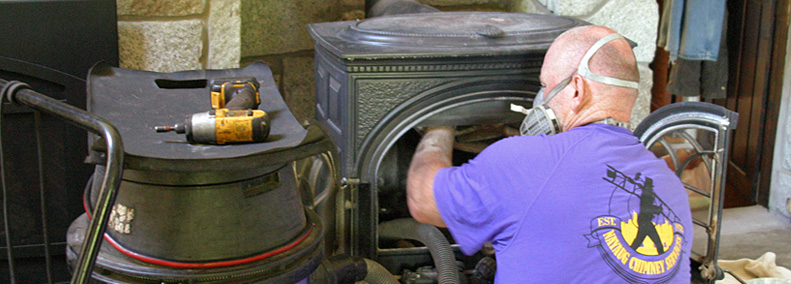11.02.11
Why Should I Care About Chimney Liners
What you Need to Know About Liners
 It may seem like just a part of the chimney that you don’t really need to understand, but a liner is actually a very critical part of every chimney. In fireplaces that burn gas, oil, or solid fuels, a liner helps guide the combustion by-products out and away from the chimney. Every chimney needs a working liner and during your annual chimney cleaning, your chimney professional may tell you that you need a new one or that you need to repair the existing one.
It may seem like just a part of the chimney that you don’t really need to understand, but a liner is actually a very critical part of every chimney. In fireplaces that burn gas, oil, or solid fuels, a liner helps guide the combustion by-products out and away from the chimney. Every chimney needs a working liner and during your annual chimney cleaning, your chimney professional may tell you that you need a new one or that you need to repair the existing one.
 There are a few reasons why you may need a new liner; if your chimney currently has no liner, if it was installed improperly or if it is deteriorating or defective in some way. Before the 1940s, homes were typically built without a chimney liner and as a result, before this time, chimney and house fires were much more commonplace. A liner provides extra protection to the interior of the chimney and helps guide the gases and particles up and out of the structure.
There are a few reasons why you may need a new liner; if your chimney currently has no liner, if it was installed improperly or if it is deteriorating or defective in some way. Before the 1940s, homes were typically built without a chimney liner and as a result, before this time, chimney and house fires were much more commonplace. A liner provides extra protection to the interior of the chimney and helps guide the gases and particles up and out of the structure.
There are three main types of chimney liners. These include clay tile liners, cast-in-place liners, and metal liners. While all 3 options provide adequate protection for your chimney flue, there are different circumstances when each variety may be the best option for you.
Clay Tile Liners – Usually Built During Home Construction
In many older homes you will find clay tile liners in the chimney. This method has been around since the 1900s and there is good reason why it is still used today. Clay tiles can withstand extremely high temperatures without damaging or hindering the performance of the liner. Clay tiles also hold up against the corrosive materials that are burned in and pass through the flue to leave the chimney. In addition, the clay tile material itself is relatively inexpensive to purchase and once installed, these tile liners last for about 50 years.
 While there are many benefits to using clay tiles, it also has some drawbacks. The materials to create the clay tile liner are inexpensive, but the work that must go along with the installation can be rather costly if it is not built along with the home. Today, for the most part tile liners are installed during the home building process. To replace a tile liner that is falling apart is a more difficult task. Even with the simplest straight chimney, the old tiles must be chipped and broken out from the top of the chimney using special tools your chimney professional will have. Sometimes the chimney walls must be broken through every few feet to take out the old flue and install the new one. And when the chimney is crooked or contains “offsets”, it makes the process much more difficult. To reline the chimney effectively, the tiles need to be cut precisely to fit together within the flue. The installation process is tedious, especially for flues that are not simply perfectly straight. The tile shape is also not really the best shape to line a chimney. The tiles don’t create a smooth interior as each tile is in a square or rectangular shape. For this reason, air gets caught in the spaces between tiles and it may also affect the draft in your chimney. And the tiles can crack with age or if they are damaged. A round liner can eliminate these problems. Due to the difficulty of this job, it is recommended not to take this on as a home repair job. It definitely requires the skills of a chimney sweep professional.
While there are many benefits to using clay tiles, it also has some drawbacks. The materials to create the clay tile liner are inexpensive, but the work that must go along with the installation can be rather costly if it is not built along with the home. Today, for the most part tile liners are installed during the home building process. To replace a tile liner that is falling apart is a more difficult task. Even with the simplest straight chimney, the old tiles must be chipped and broken out from the top of the chimney using special tools your chimney professional will have. Sometimes the chimney walls must be broken through every few feet to take out the old flue and install the new one. And when the chimney is crooked or contains “offsets”, it makes the process much more difficult. To reline the chimney effectively, the tiles need to be cut precisely to fit together within the flue. The installation process is tedious, especially for flues that are not simply perfectly straight. The tile shape is also not really the best shape to line a chimney. The tiles don’t create a smooth interior as each tile is in a square or rectangular shape. For this reason, air gets caught in the spaces between tiles and it may also affect the draft in your chimney. And the tiles can crack with age or if they are damaged. A round liner can eliminate these problems. Due to the difficulty of this job, it is recommended not to take this on as a home repair job. It definitely requires the skills of a chimney sweep professional.
Cast-in-Place Liner – To Reinforce an Existing Chimney
This option is perfect for creating a new flue inside of a chimney that is in poor shape. It works to reinforce the existing chimney and provides a sturdy and effective liner. Similar to the clay flues, cast-in-place liners are not affected by the heat or harmful gases put off from the fire below. For this reason, they are very durable. Cast-in-place liners provide good insulation value and higher temperatures within the chimney. This makes the fires burn cleaner and acquire less creosote buildup as a result. These liners also last a long time (up to 50 years in some cases), just like the clay liners.
The process for installing a cast in place liner, while less invasive than the clay liner, is still a difficult task to take on. One way this liner is created is by a certain mortar mix being pumped into the chimney around an inflated rubber bladder to create a smooth rounded surface within the chimney. Once the mortar has set, the bladder is then removed with the liner still intact. There are other proprietary methods used by chimney professionals to create this type of liner as well. One uses a bell shaped form that vibrates as it is pulled up through the chimney at the same time mortar is poured into the chimney. The mortar forms around the bell as it is raised the distance of the chimney forming a round flue opening in the mortar.
Metal Flue Liner – Liners that Works in Most Every Chimney
 There are many different shapes and varieties of metal flue liners. Typically a stainless steel alloy is used. The metal flue liners come in two different forms; rigid and flexible. The type your chimney professional will choose to use depends on the shape of your chimney. Rigid liners are used in chimneys that are completely straight with no off-sets or bends. While both liners provide proper protection, one advantage of the flexible liner is that it may hold less buildup because it expands and contracts with the temperatures of the chimney which then knocks off any creosote or other buildup when it moves. Corrosion is the most common problem that occurs with metal flue liners. But by using the correct alloy to go with the type of fuel burned the corrosion problem can be addressed. Insulation can also be used with metal liners. Insulation material around the metal liner helps to keep higher heat in the chimney and also helps to get rid of condensation that may cause corrosion over time in the chimney. It also prevents heat from moving into the pipes within the home structure. Metal liners are the perfect option for already existing chimneys that do not have a liner or need a liner replacement. They are a relatively simple installation with almost all of the benefits of the other types of liners. Chimneys without bends and twists are the simplest to install a metal liner into but it can work in all chimneys with the flexible metal liner.
There are many different shapes and varieties of metal flue liners. Typically a stainless steel alloy is used. The metal flue liners come in two different forms; rigid and flexible. The type your chimney professional will choose to use depends on the shape of your chimney. Rigid liners are used in chimneys that are completely straight with no off-sets or bends. While both liners provide proper protection, one advantage of the flexible liner is that it may hold less buildup because it expands and contracts with the temperatures of the chimney which then knocks off any creosote or other buildup when it moves. Corrosion is the most common problem that occurs with metal flue liners. But by using the correct alloy to go with the type of fuel burned the corrosion problem can be addressed. Insulation can also be used with metal liners. Insulation material around the metal liner helps to keep higher heat in the chimney and also helps to get rid of condensation that may cause corrosion over time in the chimney. It also prevents heat from moving into the pipes within the home structure. Metal liners are the perfect option for already existing chimneys that do not have a liner or need a liner replacement. They are a relatively simple installation with almost all of the benefits of the other types of liners. Chimneys without bends and twists are the simplest to install a metal liner into but it can work in all chimneys with the flexible metal liner.
There are a few different types of chimney liners and they all have their benefits, the important thing is to have a chimney liner in the first place. Hire a chimney professional to take a look to make sure your chimney lining is doing it’s job – and if there are deficiencies, to determine the best option for you!
More Info Here – Chimney Lining / Chimney Liners

 Tap to Call Now
Tap to Call Now